One of the fastest and most cost-effective ways to add street appeal to your clients home is to render the external walls. Rendering involves coating the external walls of a building with a versatile paste-like substance commonly made using cement or acrylic.
Render is typically applied wet and dries into a clean, modern looking facade. Render can be used on new or existing homes and is a great option for clients looking to seamlessly blend a building extension with an existing home.
Key advantages of render cladding
- Improves street appeal
- Protects brickworks
- Seamlessly blends building extensions
- BAL rated systems available
- Non-combustible with the right system
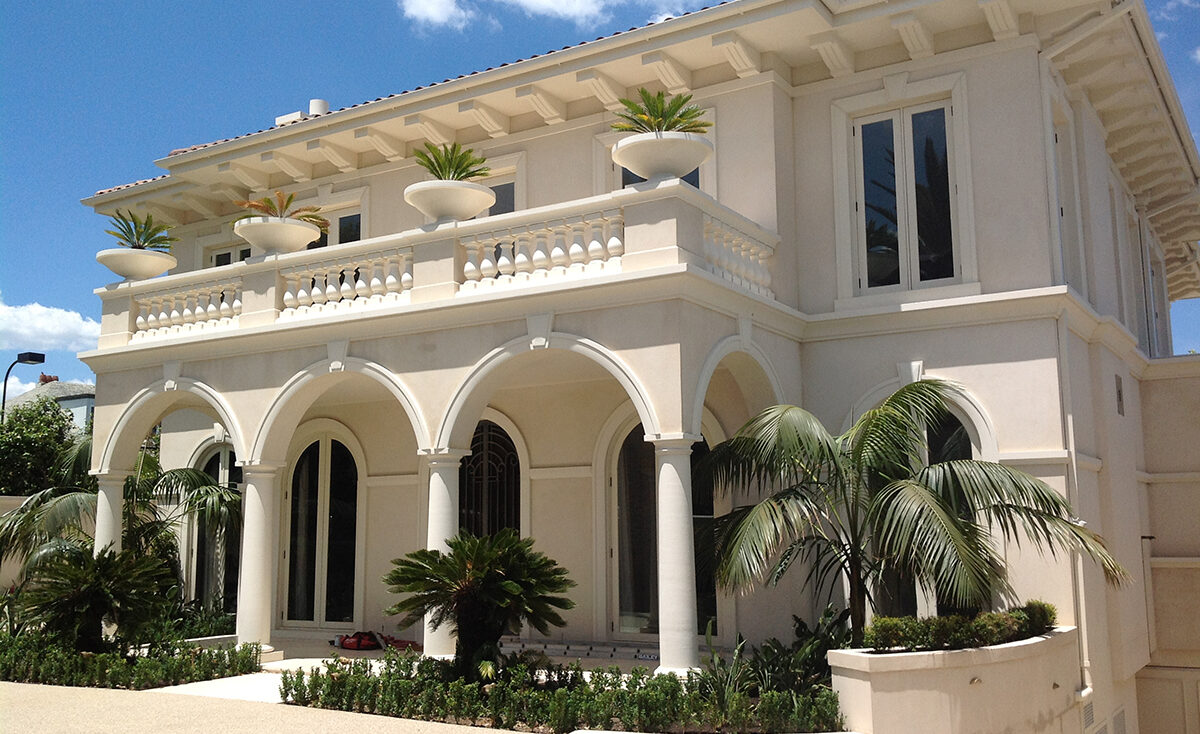
Achieving a render-look finish with Dahlsens
Unitex
For a complete system designed to take the guesswork out of rendering, look no further than Unitex. Unitex’s System Selector can prescribe the right rendering system for your project, all they need to know is what material you’re rendering on top of, and what condition that material is in.

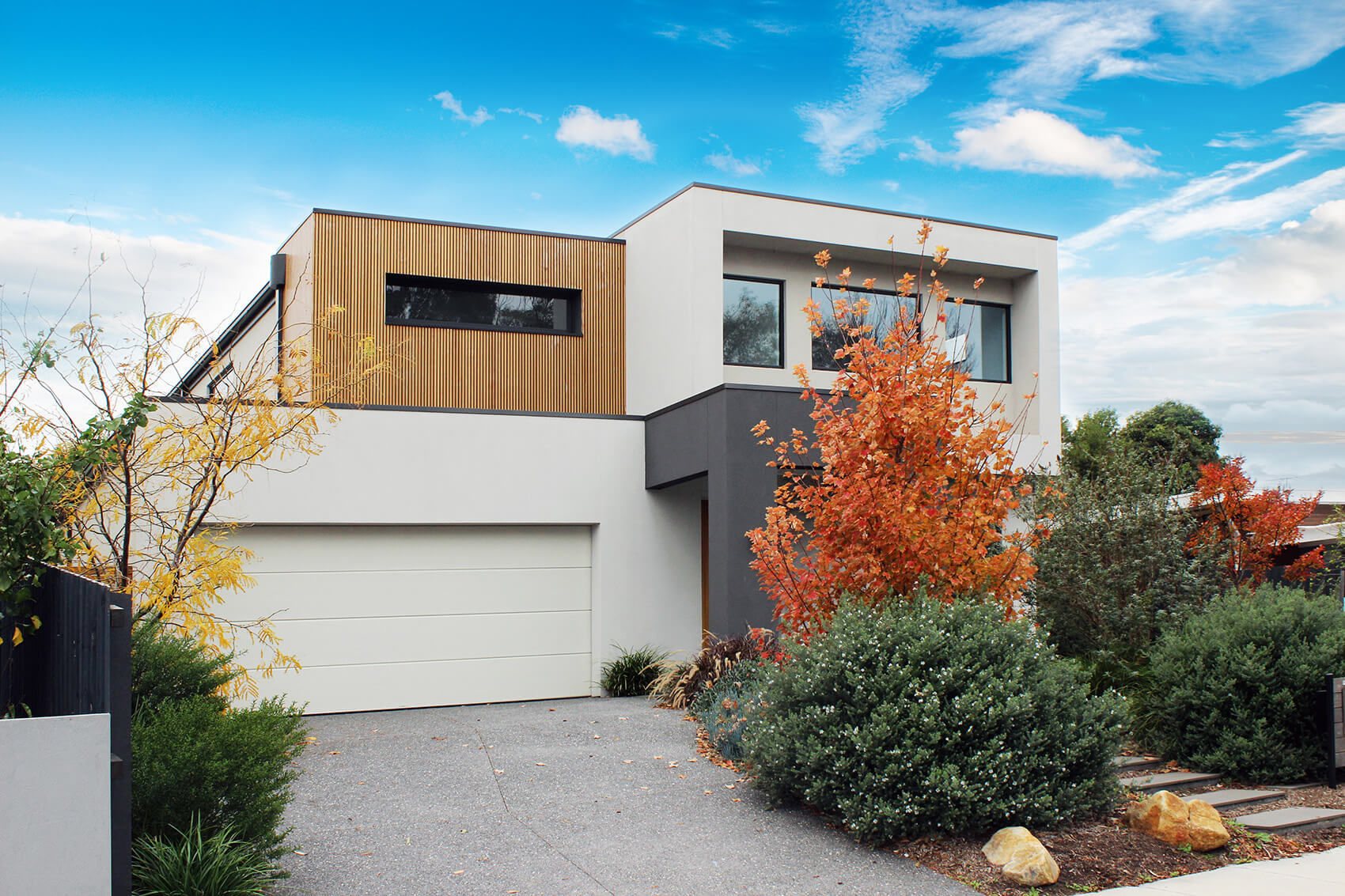
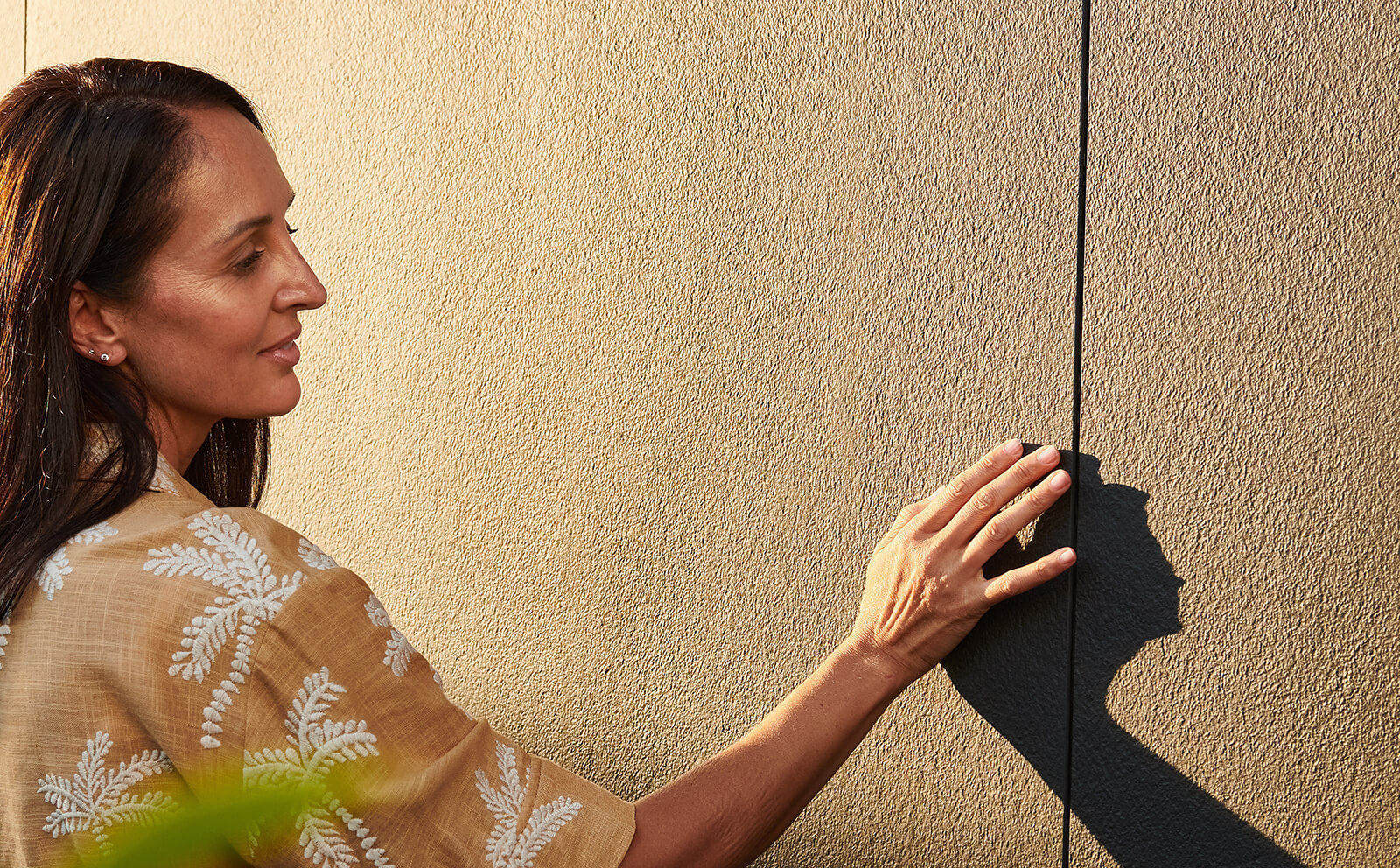
Hardie Brushed Concrete Cladding
Hardie Brushed Concrete Cladding by James Hardie is a unique texture embedded panel, with a finish reminiscent of softly brushed concrete making it distinctively tactile. Fast and easy to install, Hardie Brushed Concrete cuts out the need for wet trades onsite, reducing the cost of cladding.
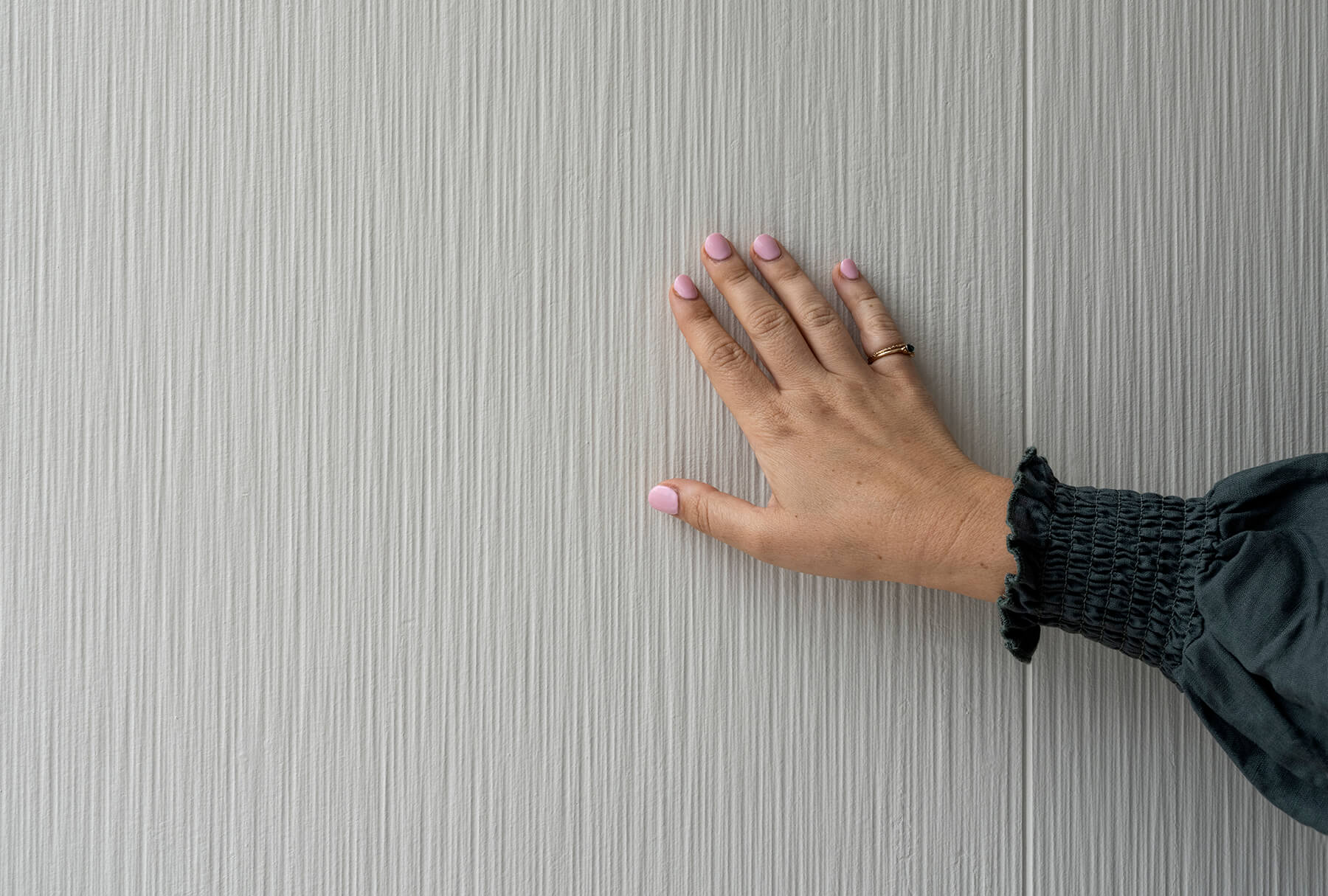
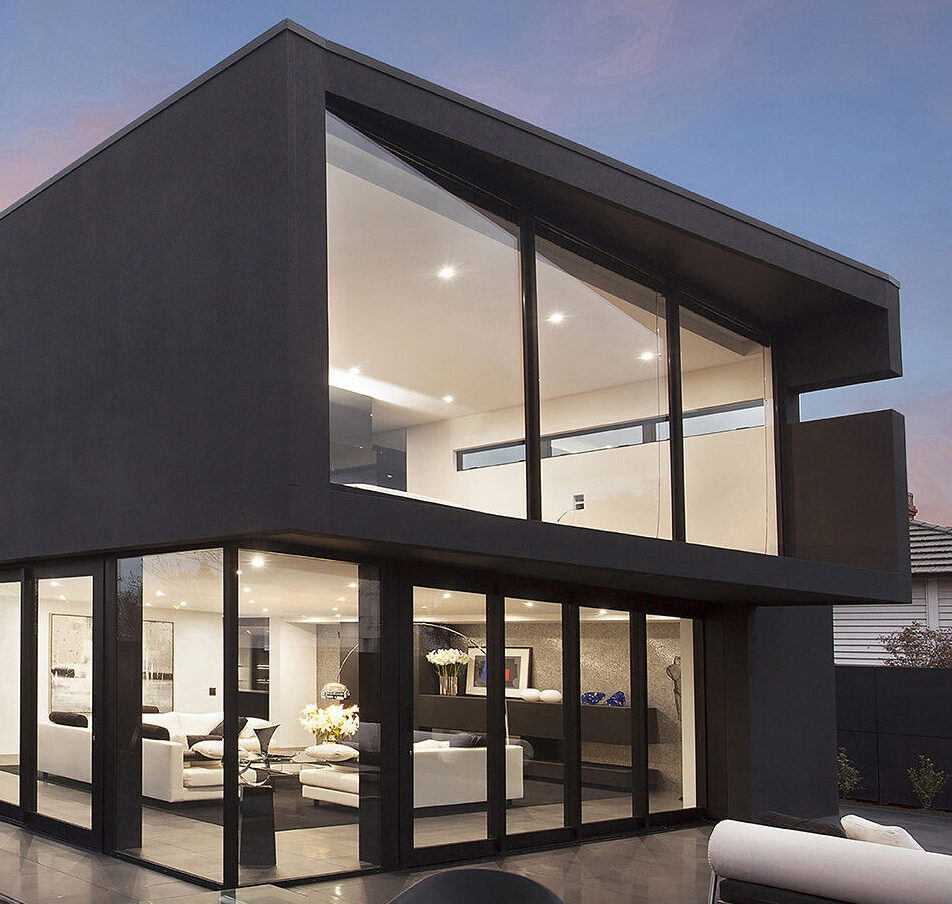
Hebel
For a lightweight and versatile render solution, consider using Hebel Autoclaved Aerated Concrete (AAC) beneath your render. This environmentally friendly aerated concrete is beloved for its insulating properties and ease of installation. Once installed, render can be applied as a top layer to ensure your clients experience a smooth and clean final product.

Render cladding FAQs
What is render cladding, and how is it used?
Render cladding is a finishing layer applied to the exterior or interior walls of buildings. It involves applying a render (such as cement, acrylic, or lime) over a base material like brick, concrete, or fibre cement boards to improve aesthetics, weatherproofing, and thermal insulation.
Is render cladding suitable for all climates?
Yes, render cladding can be adapted to suit different climates. Cement and lime renders are highly durable in various weather conditions, while acrylic and silicone-based renders offer flexibility and weather resistance, ideal for areas with temperature fluctuations or high humidity.
How long does render cladding last?
When installed and maintained properly, render cladding can last 20-30 years or more. The longevity depends on the type of render used, the quality of the application, and regular maintenance practices.
How much maintenance does render cladding require?
Render cladding is relatively low maintenance, though it may need occasional cleaning, especially in high-pollution areas. Coloured or painted renders may require repainting every few years, and minor cracks should be repaired to prevent water ingress.
Can render cladding be applied to old or existing walls?
Yes, render cladding can be applied to existing walls, provided they are clean, stable, and properly prepared. Older walls may need extra preparation, such as repairing cracks or applying a bonding agent, before rendering.
Can I paint over render cladding?
Yes, render cladding can be painted. Acrylic or silicone-based renders often come pre-coloured, but cement and lime renders can be painted or tinted to achieve a desired look. Use exterior-grade paint to withstand weather conditions.
Render and render-look products available at Dahlsens
Check out some of our suppliers’ most highly rated products for building inspiration. If you’re unsure which rendering solution is right for your next project, contact the friendly rendering experts at Dahlsens to receive personalised advice.





